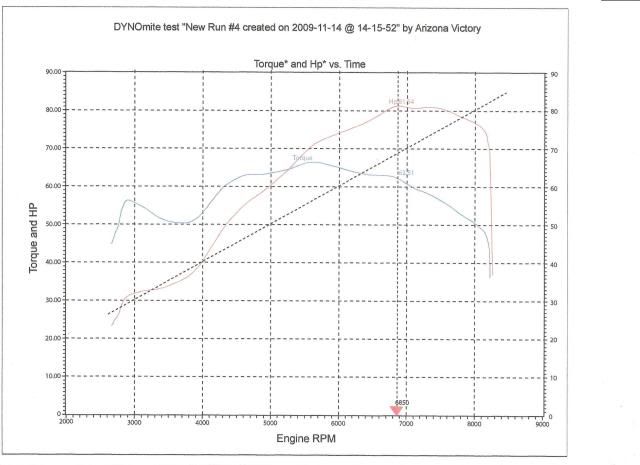ohiorider
Cruisin' Guzzisti
I looked at the dyno chart on the attached link https://www.guzzitech.com/forum/downlo ... &mode=view showing that the stock 1200 Sport dyno'd approx 70hp at the rear wheel. This is lower than I would have expected to find, in light of Guzzi posting factory specs of 95hp at the crank. My 1999 K1200RS was advertised by the factory to output 130hp at the crank. Most of the magazines that dyno'd this bike saw rear wheel figures in the 109 - 112hp range. Say 110. So if we divide 110/130, the result is a loss of approximately 16 percent hp at the rear wheel.
70/95 is a 27 percent loss. That is quite a bit of hp loss between crankshaft and rear wheel.
Question - Any thoughts? Is Guzzi using a different method to arrive at hp at the crank? Or is there something else that influences the numbers?
Bob
70/95 is a 27 percent loss. That is quite a bit of hp loss between crankshaft and rear wheel.
Question - Any thoughts? Is Guzzi using a different method to arrive at hp at the crank? Or is there something else that influences the numbers?
Bob

